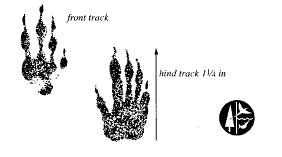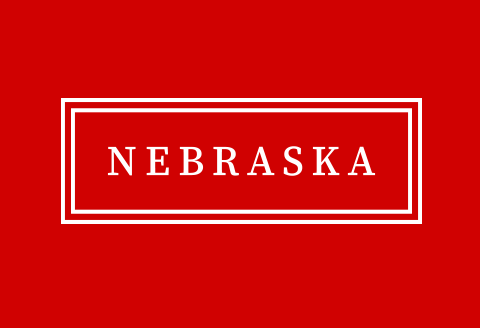Nebraska Game and Parks Commission

Nebraska Game and Parks Commission: Publications
Document Type
Article
Date of this Version
3-2013
Citation
Loggerhead Shrike (Lanius ludovicianus) A Species Conservation Assessment for The Nebraska Natural Legacy Project. Prepared by Melissa J. Panella, Nebraska Game and Parks Commission, Wildlife Division, March 2013
Abstract
The primary goal in the development of at-risk species conservation assessments is to compile biological and ecological information that may assist conservation practitioners in making decisions regarding the conservation of species of interest. The Nebraska Natural Legacy Project recognizes the Loggerhead Shrike (Lanius ludovicianus) as a Tier I at-risk species. Here, I provide some general management recommendations regarding Loggerhead Shrikes. However, conservation practitioners will need to use professional judgment for specific management decisions based on objectives, location, and site-specific conditions. This resource provides available knowledge of Loggerhead Shrikes that may aid in the decision-making process or in identifying research needs for the benefit of the species. Species conservation assessments will be updated as new scientific information becomes available. The Nebraska Natural Legacy Project focuses efforts in the state’s Biologically Unique Landscapes (BULs), but it is recommended that whenever possible, practitioners make considerations for a species throughout its range in order to increase the success of conservation efforts.
Criteria for selection as Tier I Declining, PIF watch list
Trends since 2005 in NE Declining
Range in NE Statewide, although more common in areas with extensive grasslands
Habitat Grasslands with scattered small trees or shrubs
Threats Loss of grassland habitats, depletion of food resources (because of pesticides), organochloride pesticide may negatively impact reproduction, invasive species
Climate Change Vulnerability Index: Not Vulnerable, Increase likely
Research/Inventory Determine causes of population declines; determine conservation measures (habitat improvement) that can positively impact species
Landscapes Central Loess Hills, Cherry County Wetlands, Dismal River Headwaters, Elkhorn River Headwaters, Keya Paha, Kimball Grasslands, Loess Canyons, Oglala Grasslands, Panhandle Prairies, Sandhills Alkaline Lakes, Sandsage Prairie, Sandstone Prairies, Southeast Prairies
According to the last status review in 2001, the state of Nebraska Heritage status rank of Loggerhead Shrikes is S5, U.S. national status is N4, and global conservation rank is G4 (NatureServe 2009). From 1966–2010, Loggerhead Shrikes in Nebraska have exhibited a downward trend of -2.4, 95% CI (-3.8, -1.1); this decline may be more pronounced within the last decade (Sauer et al. 2011). The Rainwater Basin Joint Venture has identified the Loggerhead Shrike as a priority landbird for conservation (C. Jorgensen, pers. comm.). The Nebraska Natural Legacy Science Team set a goal of maintaining four populations in the state (Schneider et al. 2011), assuming there is little movement between populations and fates of populations are not correlated. Moderate viability (40% chance of survival) of each population gives >99% probability of at least one population surviving 100 years (Morris et al. 1999).
Included in
Biodiversity Commons, Natural Resources Management and Policy Commons, Ornithology Commons, Population Biology Commons, Terrestrial and Aquatic Ecology Commons, Zoology Commons

